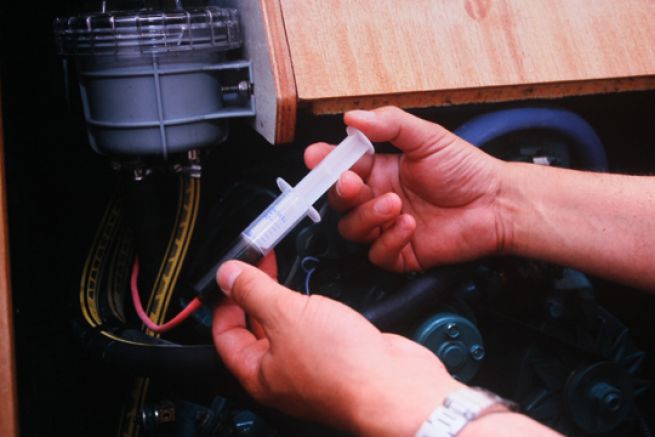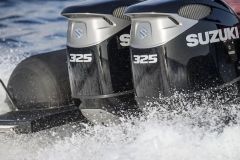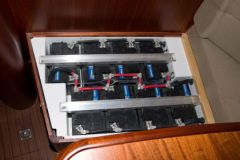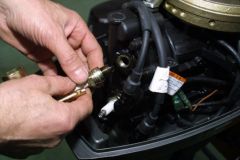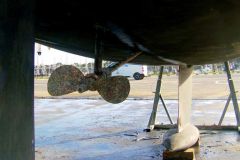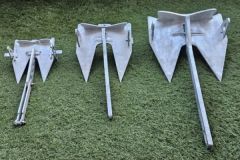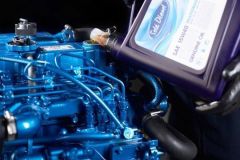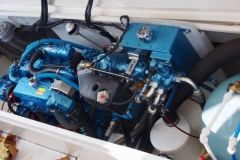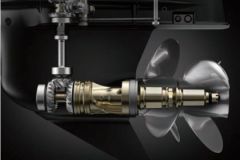Letters to the Editor - This is your column. Ask your questions via the form we'll share our answers.
Contrary to what one might think, oil analysis is quite affordable (62.30 euros at IESPM.com tarif 2020) and can be carried out without any specific skill by a private individual. Indeed, you just have to order an Analysis Kit which includes :
- A syringe and a hose for taking a sample through the gauge well
- A 50 ml bottle to collect the oil collected
- A sampling sheet to indicate the characteristics of the engine and the oil sampled
- An envelope to return the sample to the laboratory
Approximately one week after returning the oil sample, you will receive a letter with the results of your analysis. Here is the information that the oil analysis will provide you with in the form of questions.
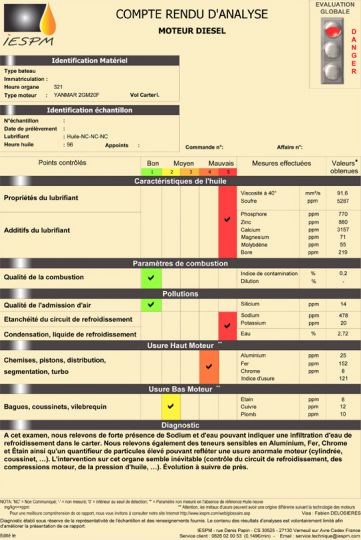
What are the mechanical parts on which an oil analysis can be performed?
Oil analysis can be performed on all types of boats, sailing or motor, in board or outboard, petrol or diesel.
In addition to the engine, it is possible to carry out an oil analysis on :
- the inverter
- the base
- the hydraulic system
- the stern
When sampling, it is important to specify the type of engine (e.g. petrol or diesel), as the interpretation of the results may vary.
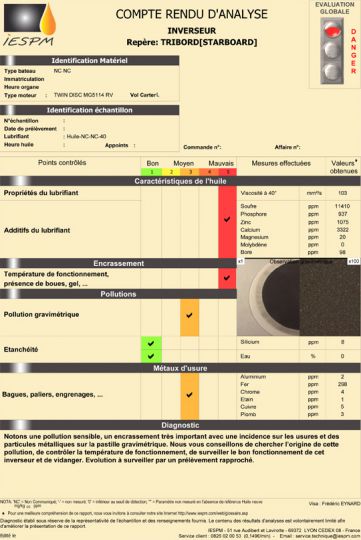
In which cases should an oil analysis be carried out?
- When buying or selling a boat
- After an unusually long journey
- To check a boat that is a little old or before making major repairs
- Following the appearance of a mechanical malfunction (noise, smoke, difficult starting...)
- For a preventive check of the correct operation of your boat before a departure or an important crossing
- To reassure you and use your boat safely
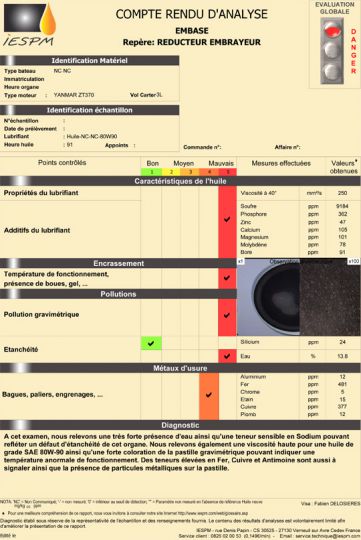
Is it necessary to change the oil for an oil analysis?
The oil is drawn off through the opening of the oil dipstick without the need for an oil change. Taking a sample (a few centilitres) does not interfere with the engine's ability to continue running.
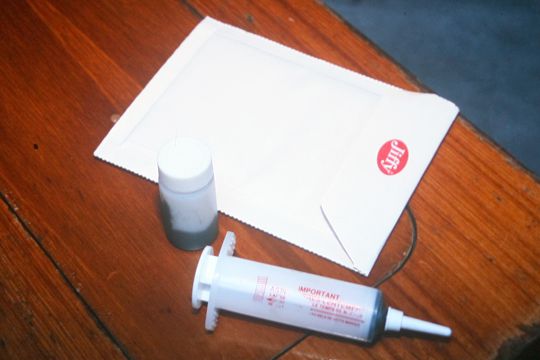
What does an oil analysis detect?
Oil viscosity
Allows you to know if the carburation or injection is well adjusted. If the oil is too fluid, you can detect used oil or oil diluted by the fuel. Conversely, if it is too thick, it is used oil or polluted by combustion residues.
Oil dilution by fuel
If the dilution is low, the engine is well tuned. On the contrary, a high dilution will be proof of a maladjusted carburation or injection or an abuse of the choke.
Presence of water or sodium in the oil
This is a leak in the cooling system. This is either an internal coolant leak or water condensation. You will have to look for the fault on the cylinder head gasket side or a cracked cylinder head.
- Presence of metallic particles in the oil.
During normal engine wear, the oil always carries some metal particles. An excessive presence can reveal defects depending on the metal detected: - Aluminium: excessive piston wear.
- Iron: Excessive wear of the distribution.
- Chromium + Molybdenum: Excessive wear of the segments.
- Copper, lead and tin: Excessive wear on connecting rod and crankshaft bearings (lead saturation is normal for a gasoline engine using leaded fuel).
- Presence of silica in oil
If the air filter does not do its job, the engine will swallow dirt that the ion finds in the oil. The presence of silica can detect a defective air filter or a leak in the air intake system. This silica can accelerate engine wear.
What the analysis doesn't see!
The analysis is used to check the level of wear of a component and its correct operation.
However, it does not make it possible to detect the breakage of mechanical parts or to determine the service life of a component.
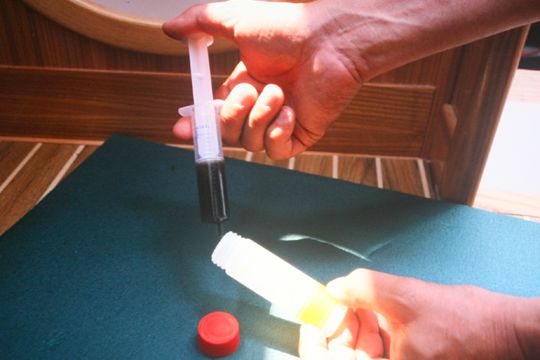
How can I get a successful sample?
Taking an oil sample from your boat engine will take no more than 5 minutes. This operation does not require any particular mechanical knowledge, but a few precautions are to be taken for a revealing analysis of the state of health of your engine :
- The engine oil sampling is done following normal operation of your boat (if possible under load) to reach its usual operating temperature.
- Take the sample through the opening in the oil dipstick.
- When sampling, remember that the oil is hot, so be careful.
- The information sheet provided by the laboratory must be filled in carefully, as all information is used for analysis, testing and quality control. Incomplete or false information will affect the relevance of the diagnosis.
